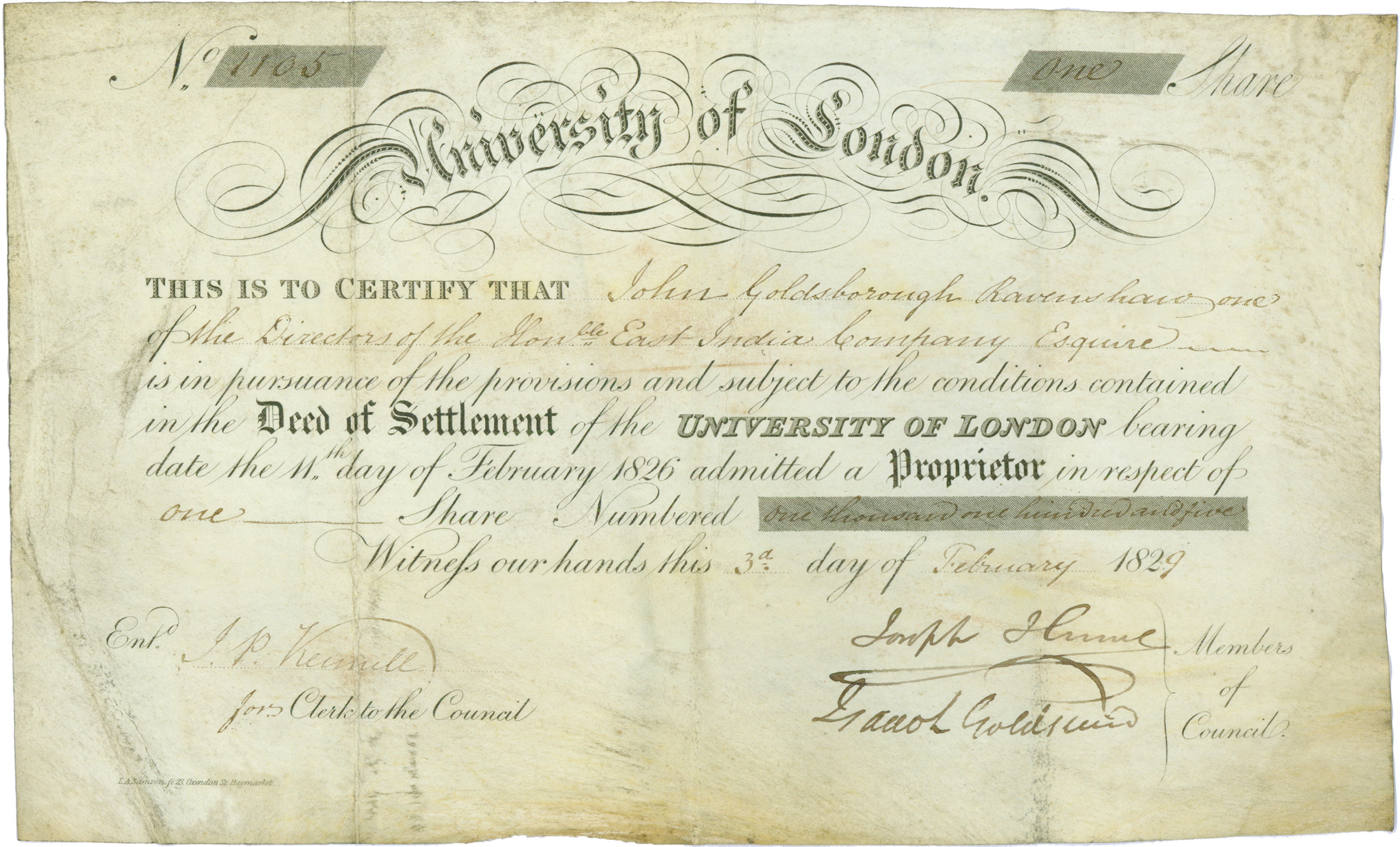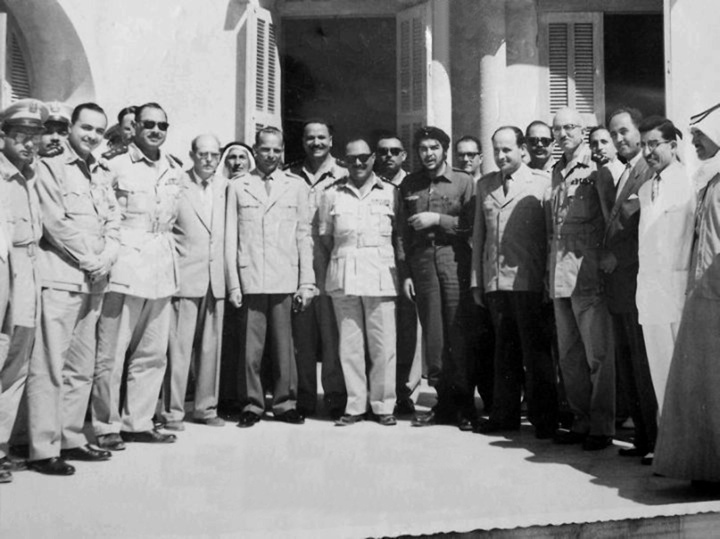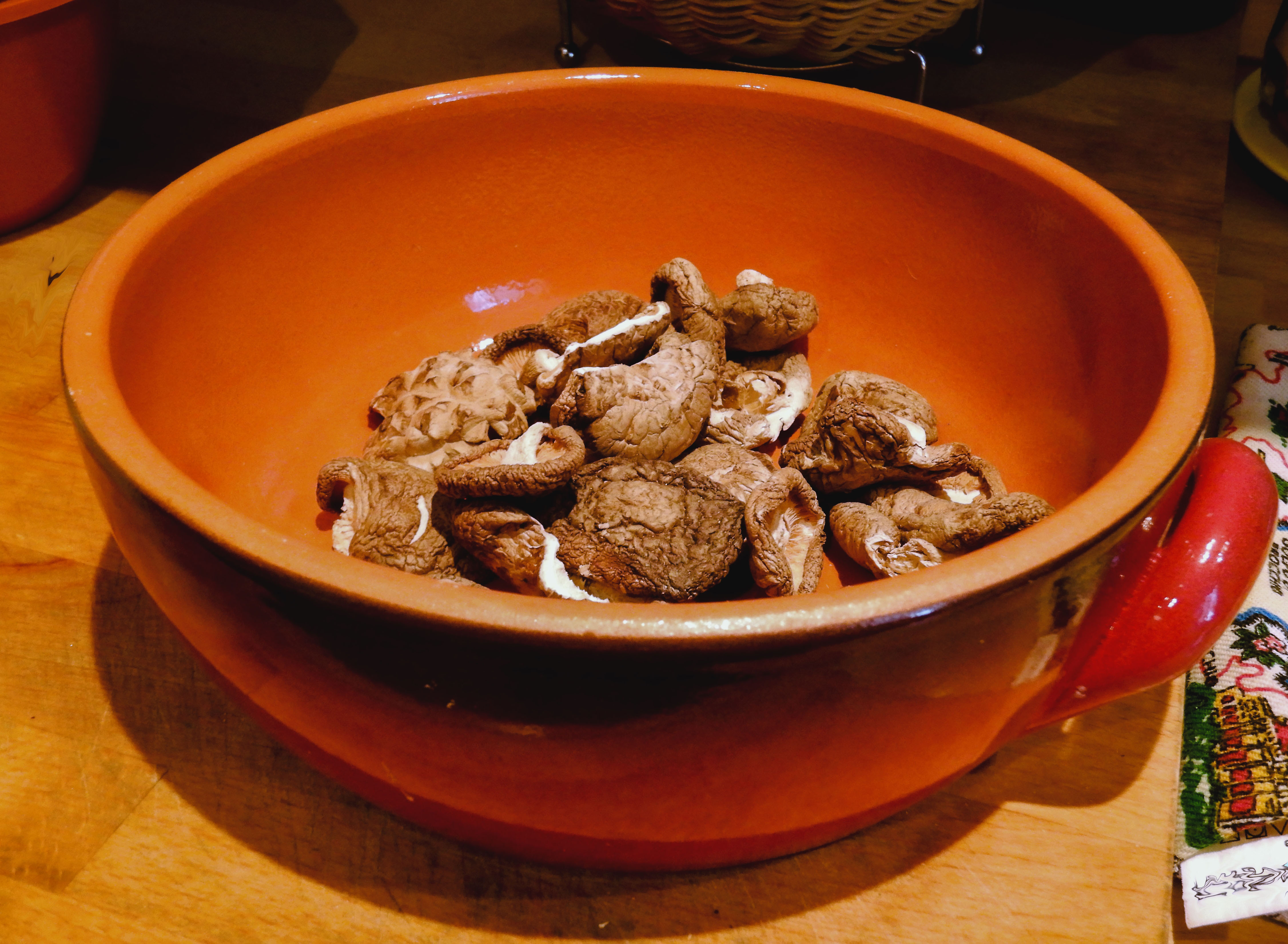|
Funerary Cone
Funerary cones were small cones made from clay that were used in ancient Egypt, almost exclusively in the Theban Necropolis. The items were placed over the entrance of the Ancient_Egyptian_funerary_practices#Tombs, chapel of a tomb. Early examples have been found from the Eleventh dynasty of Egypt, Eleventh Dynasty. However, they are generally undecorated. During the New Kingdom of Egypt, New Kingdom, the cones were smaller in size and inscribed in Egyptian hieroglyphs, hieroglyphs with the title and name of the tomb owner, often with a short prayer. The exact purpose of the cones is unknown, but hypotheses exist that they variously served as passports, architectural features, and symbolic offerings, among others. Fragments of seventeen terracotta cones were found at the 2nd millennium BC site of al-Moghraqa in the Gaza Strip. The cones have no parallels in the Levant, and the archaeologists investigating al-Moghraqa suggested that the cones could have been a local adaptation of T ... [...More Info...] [...Related Items...] OR: [Wikipedia] [Google] [Baidu] |
University College London
University College London (Trade name, branded as UCL) is a Public university, public research university in London, England. It is a Member institutions of the University of London, member institution of the Federal university, federal University of London, and is the second-largest list of universities in the United Kingdom by enrolment, university in the United Kingdom by total enrolment and the largest by postgraduate enrolment. Established in 1826 as London University (though without university degree-awarding powers) by founders who were inspired by the radical ideas of Jeremy Bentham, UCL was the first university institution to be established in London, and the first in England to be entirely secular and to admit students regardless of their religion. It was also, in 1878, among the first university colleges to admit women alongside men, two years after University College, Bristol, had done so. Intended by its founders to be Third-oldest university in England debate ... [...More Info...] [...Related Items...] OR: [Wikipedia] [Google] [Baidu] |
Theban Tombs
The Theban Necropolis is located on the west bank of the Nile, opposite Luxor, in Egypt. As well as the more famous royal tombs located in the Valley of the Kings and the Valley of the Queens, there are numerous other tombs, more commonly referred to as Tombs of the Nobles (Luxor), the burial places of some of the powerful courtiers and persons of the ancient city. There are at least 415 cataloged tombs, designated TT for Theban Tomb. There are other tombs whose position has been lost, or for some other reason do not conform to this classification. Theban tombs tended to have clay funerary cones placed over the entrance of the tomb chapels. During the New Kingdom of Egypt, New Kingdom they were inscribed with the title and name of the tomb owner, sometimes with short prayers. Of the 400 recorded sets of cones, only about 80 come from cataloged tombs. The numbering system was first published Arthur Weigall's 1908 ''Report on the Tombs of Shêkh Abd’ el Gûrneh and el Assasîf'' ( ... [...More Info...] [...Related Items...] OR: [Wikipedia] [Google] [Baidu] |
Clay Nail
Used by Sumerians and other Mesopotamian cultures beginning in the third millennium BC, clay nails, also referred to as dedication or foundation pegs, cones, or nails, were cone-shaped nails made of clay, inscribed with cuneiform, baked, and stuck into the mudbrick walls to serve as evidence that the temple or building was the divine property of the god to whom it was dedicated. Versions were also made of metal, including castings with figurative designs, such as the Hurrian foundation pegs (Syria, c. 2300 – c. 2159 BCE). Additionally, uninscribed clay cones painted in different colors were used by Sumerians to create decorative mosaic patterns on walls and pillars of buildings, which also offered some protection against weathering. The similar funerary cones of ancient Egypt used the cone base as the major writing surface. Foundation nail examples As some of the oldest 'documents' in history, the sponsor, responsible for the construction, or dedication of a work, some ... [...More Info...] [...Related Items...] OR: [Wikipedia] [Google] [Baidu] |
Chamber Tomb
A chamber tomb is a tomb for burial used in many different cultures. In the case of individual burials, the chamber is thought to signify a higher status for the interred than a simple grave (burial), grave. Built from Rock (geology), rock or sometimes wood, the chambers could also serve as places for storage of the dead from one family or social group and were often used over long periods for multiple burials. Most chamber tombs were constructed from large stones or megaliths and covered by cairns, tumulus, barrows or earth. Some chamber tombs are rock-cut architecture, rock-cut monuments or wooden-chambered tombs covered with long barrow, earth barrows. Grave goods are a common characteristic of chamber tomb burials. In Neolithic and Bronze Age Europe, stone-built examples of these burials are known by the generic term of megalithic tombs. Chamber tombs are often distinguished by the layout of their chambers and entrances or the shape and material of the structure that covered ... [...More Info...] [...Related Items...] OR: [Wikipedia] [Google] [Baidu] |
Christoffer Theis
Christopher is the English version of a Europe-wide name derived from the Greek name Χριστόφορος (''Christophoros'' or '' Christoforos''). The constituent parts are Χριστός (''Christós''), "Christ" or "Anointed", and φέρειν (''phérein''), "to bear"; hence the "Christ-bearer". As a given name, 'Christopher' has been in use since the 10th century. In English, Christopher may be abbreviated as "Chris", "Topher", and sometimes " Kit". It was frequently the most popular male first name in the United Kingdom, having been in the top twenty in England and Wales from the 1940s until 1995, although it has since dropped out of the top 100. Within the United Kingdom, the name is most common in England and not so common in Wales, Scotland, or Northern Ireland. Cognates in other languages *Afrikaans: Christoffel, Christoforus * Albanian: Kristofer, Kristofor, Kristoforid, Kristo *Arabic: كريستوفر (''Krīstafor, Kristūfar, Krístufer''), اصطفر (''ʔi� ... [...More Info...] [...Related Items...] OR: [Wikipedia] [Google] [Baidu] |
Gaza Strip
The Gaza Strip, also known simply as Gaza, is a small territory located on the eastern coast of the Mediterranean Sea; it is the smaller of the two Palestinian territories, the other being the West Bank, that make up the State of Palestine. Inhabited by mostly Palestinian refugees and their descendants, Gaza is one of the List of countries and dependencies by population density, most densely populated territories in the world. An end of 2024 estimate puts the population of the Strip at 2.1 million, which was a 6% decline from the previous year due to the Gaza war. Gaza is bordered by Egypt on the southwest and Israel on the east and north. Its capital and largest city is Gaza City. The territorial boundaries were established while Gaza Administration of the Gaza Strip by Egypt, was controlled by the Kingdom of Egypt at the conclusion of the 1948 Arab–Israeli war. During that period the All-Palestine Protectorate, also known as All-Palestine, was established with limited reco ... [...More Info...] [...Related Items...] OR: [Wikipedia] [Google] [Baidu] |
Al-Moghraqa
Al-Moghraqa is a Bronze Age former settlement in Gaza Governorate of the Gaza Strip in Palestine. It was discovered in 1996 in the town of Al-Mughraqa and investigated in 1999 and 2000 as part of the Gaza Research Project. The site was inhabited in the early 2nd millennium BC, and may have been associated with the nearby settlement of Tell el-Ajjul, which was inhabited at around the same time. Location and topography When al-Moghraqa was discovered in 1996, it was located in a mixed environment combining agricultural land and sand dunes. It covered an estimated . It was established on low-lying ground. History Archaeologists identified three phases of occupation at al-Moghraqa, all dated to the Middle Bronze Age (periods MBA IIb-c) – the early part of the 2nd millennium BC. The date was arrived at based on the artefacts discovered at the site. This period in the Levant was characterised by the development of new societal organisation, with centralised fortified settle ... [...More Info...] [...Related Items...] OR: [Wikipedia] [Google] [Baidu] |
Terracotta
Terracotta, also known as terra cotta or terra-cotta (; ; ), is a clay-based non-vitreous ceramic OED, "Terracotta""Terracotta" MFA Boston, "Cameo" database fired at relatively low temperatures. It is therefore a term used for earthenware objects of certain types, as set out below. Usage and definitions of the term vary, such as: *In art, pottery, applied art, and craft, "terracotta" is a term often used for red-coloured earthenware sculptures or functional articles such as flower pots, water and waste water pipes, and tableware. *In archaeology and art history, "terracotta" is often used to describe objects such as figurines and loom weights not made on a potter's wheel, with vessels and other objects made on a wheel from the same material referred to as earthenware; the choice of term depends on the type of object rather than the material or shaping technique. *Terracotta is also used to refer to the natural brownish-orange color of most terracotta. *In architecture, ... [...More Info...] [...Related Items...] OR: [Wikipedia] [Google] [Baidu] |
Egyptian Hieroglyphs
Ancient Egyptian hieroglyphs ( ) were the formal writing system used in Ancient Egypt for writing the Egyptian language. Hieroglyphs combined Ideogram, ideographic, logographic, syllabic and alphabetic elements, with more than 1,000 distinct characters.In total, there were about 1,000 graphemes in use during the Old Kingdom period; this number decreased to 750–850 during the Middle Kingdom, but rose instead to around 5,000 signs during the Ptolemaic period. Antonio Loprieno, ''Ancient Egyptian: A Linguistic Introduction'' (Cambridge: Cambridge UP, 1995), p. 12. Cursive hieroglyphs were used for Ancient Egyptian literature, religious literature on papyrus and wood. The later hieratic and demotic (Egyptian), demotic Egyptian scripts were derived from hieroglyphic writing, as was the Proto-Sinaitic script that later evolved into the Phoenician alphabet. Egyptian hieroglyphs are the ultimate ancestor of the Phoenician alphabet, the first widely adopted phonetic writing system. Moreov ... [...More Info...] [...Related Items...] OR: [Wikipedia] [Google] [Baidu] |
New Kingdom Of Egypt
The New Kingdom, also called the Egyptian Empire, refers to ancient Egypt between the 16th century BC and the 11th century BC. This period of History of ancient Egypt, ancient Egyptian history covers the Eighteenth Dynasty of Egypt, Eighteenth, Nineteenth Dynasty of Egypt, Nineteenth, and Twentieth Dynasty of Egypt, Twentieth dynasties. Through radiocarbon dating, the establishment of the New Kingdom has been placed between 1570 and 1544 BC. The New Kingdom followed the Second Intermediate Period of Egypt, Second Intermediate Period and was succeeded by the Third Intermediate Period of Egypt, Third Intermediate Period. It was the most prosperous time for the Egyptians#History, Egyptian people and marked the peak of Egypt's power. In 1845, the concept of a "New Kingdom" as Periodization of ancient Egypt, one of three "golden ages" was coined by German scholar Christian Charles Josias von Bunsen; the original definition would evolve significantly throughout the 19th and 20th ... [...More Info...] [...Related Items...] OR: [Wikipedia] [Google] [Baidu] |






